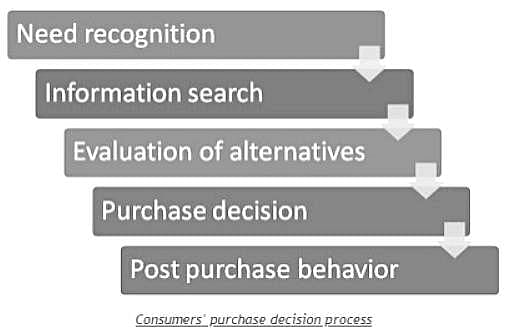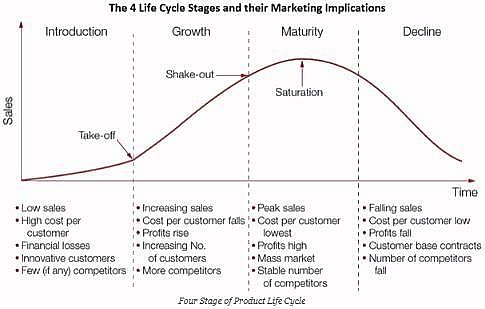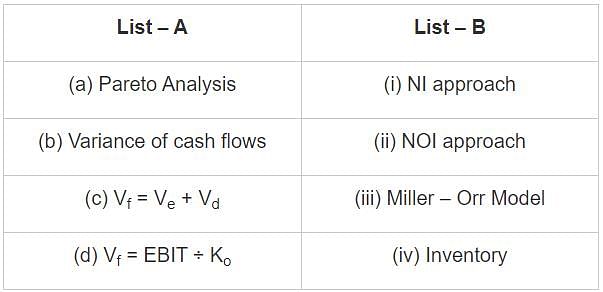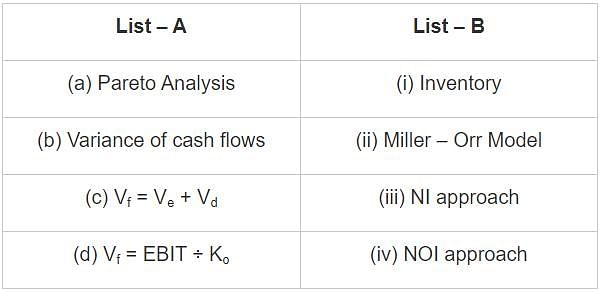TS SET Paper 2 Mock Test - 5 (Management) - TS TET MCQ
30 Questions MCQ Test TS SET Mock Test Series 2024 - TS SET Paper 2 Mock Test - 5 (Management)
Which one of the following values refers to the net difference between the realisable value of all assets and the sum total of external liabilities?
The operant conditioning or learning approach to behavior is based on
Which is the apex body in India for formulating the policy in respect of entrepreneurship development?
This is a hierarchy of effects or sequential model used to explain how advertising works:
Assertion (A) : Companies must manage service quality by understanding the effects of each service encounter.
Reason (R) : Customer’s expectations play a critical role in their service experiences and evaluations.
Select the correct codes :
People who are available, volunteer, or can be easily recruited are used in the sampling method called ________.
The process of standardizing jobs by laying down rules and procedures to be adhered to is called ______.
Which of the following refers to a situation where the prices of goods or services remain the same or constant over some time?
According to some cultures, the relationship between management and employees is
Neoclassical organisation theory puts emphasis on which of the following?
Select the correct code for the following two statements of Assertion (A) and Reasoning (R):
Assertion (A): Shareholders Wealth Maximisation (SWM) is an appropriate and operationally feasible financial management goal and not the profit maximisation.
Reasoning (R): There exists a principal-agent relationship between the shareholders and the management of the company.
Which one of the following is a technique of statistical quality control used for product control?
Developing a new idea through inquiry and testing is called :
Arrange the following steps of a five-stage model of the consumer buying process:
I. Evaluation of alternatives
II. Need arousal
III. Information search
IV. Purchase decision
V. Post purchase behavior
The major approaches utilized by managers to induce employees to accomplish the planned actions associated with implementation should normally include all of the given options except_________.
Information is one of the important resources for managers. For information to be useful to managers, it must possess certain attributes. The information attribute which is prepared or presented to users often enough to be up-to-date is known as
Problems are encountered at all levels in an organization, and managers at various levels have to solve them or manage them in the best possible way. Which of the following is a series of interrelated sequential steps that can be used to respond to a well-structured problem?
Spreading of good word of mouth is the result of which of the following?
Which of the following is a major use of management-level systems of an organization?
Which of the following is not included as macro-environmental Variables?
Before a company decides to target a particular market segment, which important factors are to be examined against organisation's objectives and resources?
In which stage of product life cycle, the company takes decision whether to maintain, harvest or drop the product?
Which of the following statements is false?
Selling the products only through a single wholesaler or retailer is called:
Which one is the type of communication in small group?
Read the statement and assertion, and choose the correct option:-
Assertion (A) : Decisions in small matters largely tend to set a pattern for the more important ones you may make as managers.
Reasoning (R) : A multi–industry survey conducted in the USA indicated that 40% of the managers said that their superiors had at some time told them to do certain things unethical.
Which of the following options includes relationship management with external stakeholders in the value chain?
Which of the following reflects the marketing concept?
|
60 tests
|






















